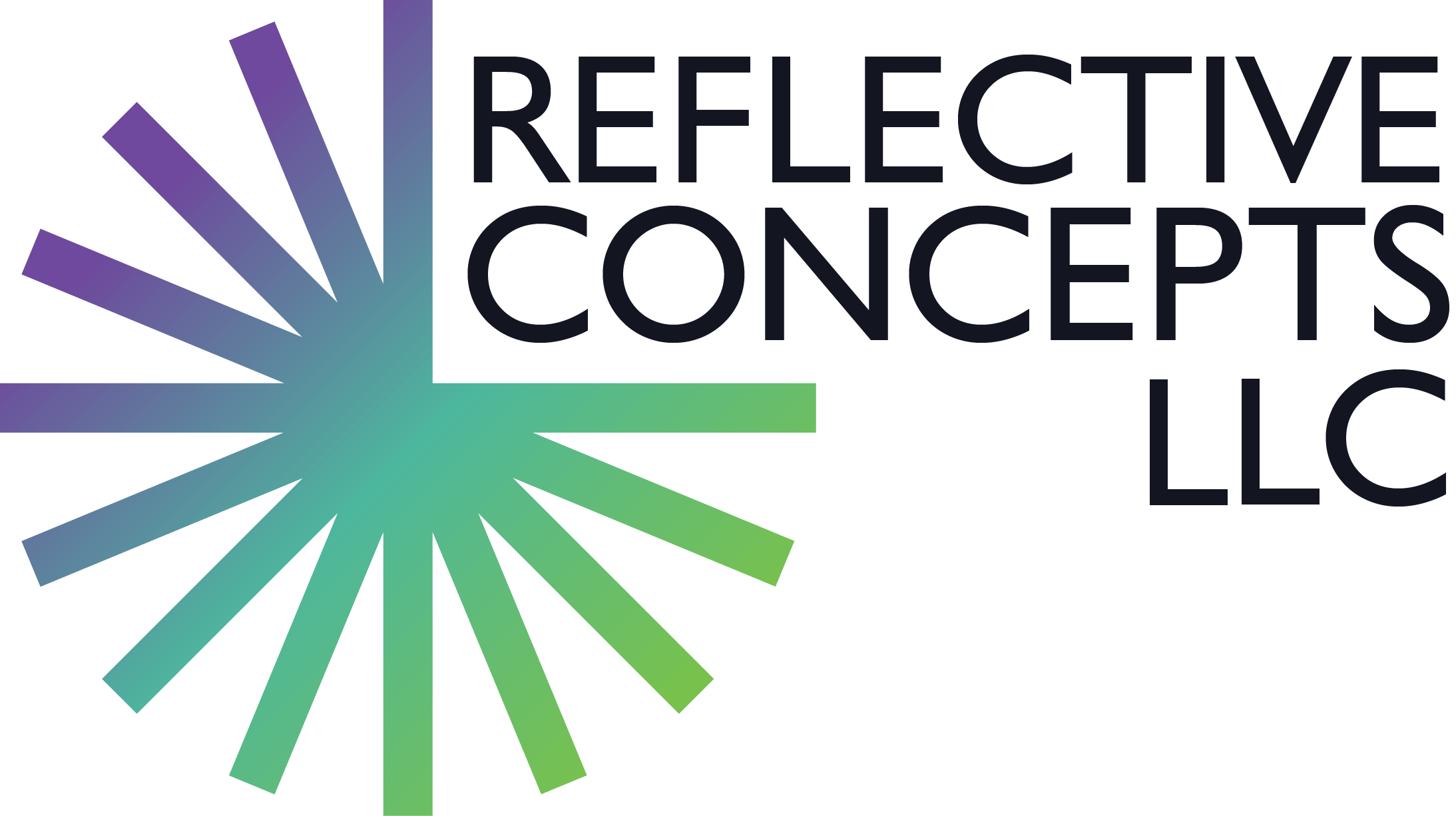Light Reflective Material
Light reflective material is any substance or surface that reflects light back to its source, making it highly visible even in low-light conditions. Essentially, it bounces light back toward the observer, making it appear brighter than its surroundings.
There are various types of reflective materials, each with different properties and applications. Retroreflective materials are most common; they are designed to reflect light directly back to its source using tiny glass beads, prisms, or other specialized materials. Traffic signs and safety vests are examples. Diffusely reflective materials reflect light in a wider, more scattered pattern, making objects visible from different angles. Street paint and bike reflectors are often made up of these materials. Fluorescent reflective materials combine reflection with fluorescence to bounce light back to its source while also emitting their own light when illuminated for even greater visibility. Examples include construction cones and emergency signs.
While light reflection material bounces back visible light to make objects appear brighter, infrared reflection material reflects infrared radiation — electromagnetic radiation with wavelengths longer than visible light. Unlike visible light, infrared radiation cannot be seen by the human eye. Applications for infrared reflection material include thermal insulation, military camouflage and surveillance, spacecraft and satellites, and medical imaging techniques.
To Get A Quote on your Project’s Needs: Call 866.276.6242 or Request a Quote
